From October 20 to 27, 2025, the overseas internship program in Japan, organized by the UNESCO Teacher Education Centre (TEC), was successfully carried out. A total of 14 graduate students participated in this program, accompanied by Professor Wang Lixin (Vice Dean of the Graduate School of Shanghai Normal University), Dr. Song Qingqing (International Teacher Education Center of Shanghai Normal University), Teacher Li Jialing (Graduate Student Affairs Department of Shanghai Normal University), and Teacher Yuan Zhu (International Department of Shanghai Experimental School). During the program, participants visited Toba High School of Kyoto Prefecture, Xiangfeng Elementary School of Kyoto City, and multiple affiliated schools of Kyoto University of Education, where they conducted curriculum internships, teaching observations, and cultural visits.

The theme of this program was Building Bridges of Friendship, Discussing STEM Education Together. Based on bridges as the course content, the 14 graduate students designed 10 cross-cultural STEM classes respectively. The team of Zhou Jiaying and Zhang Yunhui focused on the core concept of triangular stability and guided Japanese primary school students to use creativity in building bridges. The team of Shi Fangyuan, Xu Miao, and Zheng Rouyu took the laminated beam arch bridge in Along the River During the Qingming Festival as the entry point, connected it with the truss bridge principle, and let students complete the building task collaboratively with wooden chopsticks. Through three links—knowledge explanation, experimental verification, and hands-on production—the team of Fang Fan, Sun Ziwei, and Liu Qingpei helped students understand the classification, load-bearing principles, and structural characteristics of bridges, and encouraged everyone to complete works through collaborative innovation. By guiding children to make bridges in groups, the team of Han Jieqi, Wan Junkai, and Pang Zhengpei helped students understand the connecting function of bridges and extended the discussion to invisible bridges, enabling students to grasp the tangible functions and intangible significance of bridges. The team of Wei Mingfang, Xu Xiaoxiao, and Cui Zichen explored the mechanical principles of bridge structures through experiments; students collaboratively designed and made a China-Japan Friendship Bridge Model, which stimulated interest in cross-cultural communication and teamwork ability. These creative classes were loved by Japanese students. The principal of the affiliated school of Kyoto University of Education said, We deeply admire the earnest and dedicated learning attitude of your school’s students and the course content they presented. After the classes, some excellent bridge works were left in the school for display, allowing the achievements of this cross-cultural teaching practice to be passed on continuously and becoming a testimony to the friendly exchange between Chinese and Japanese students.
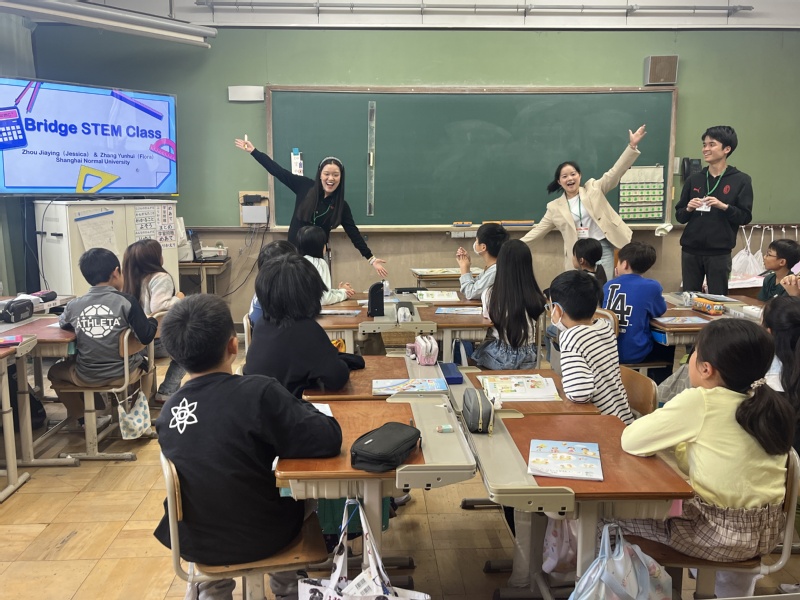
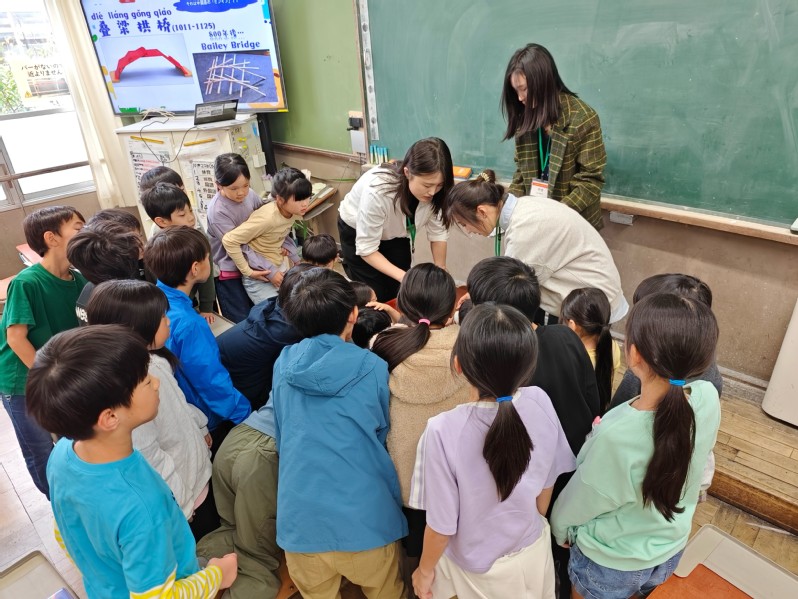
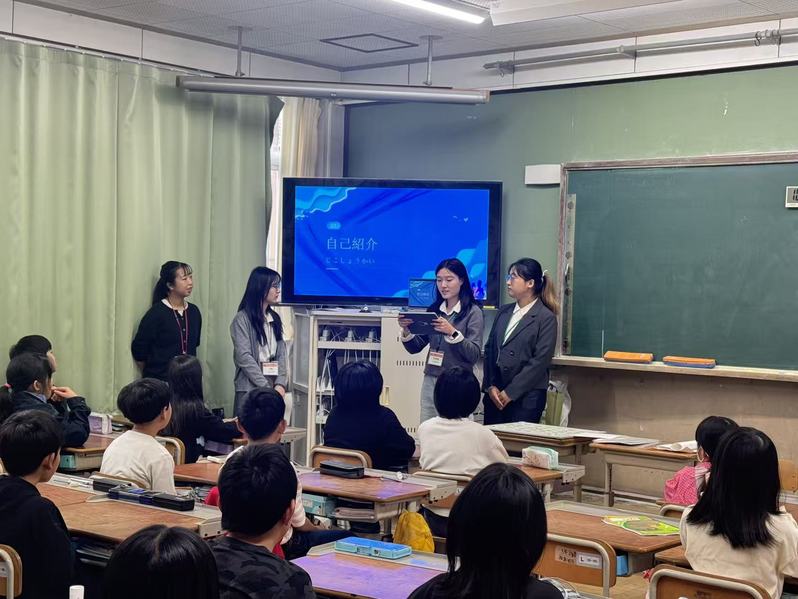

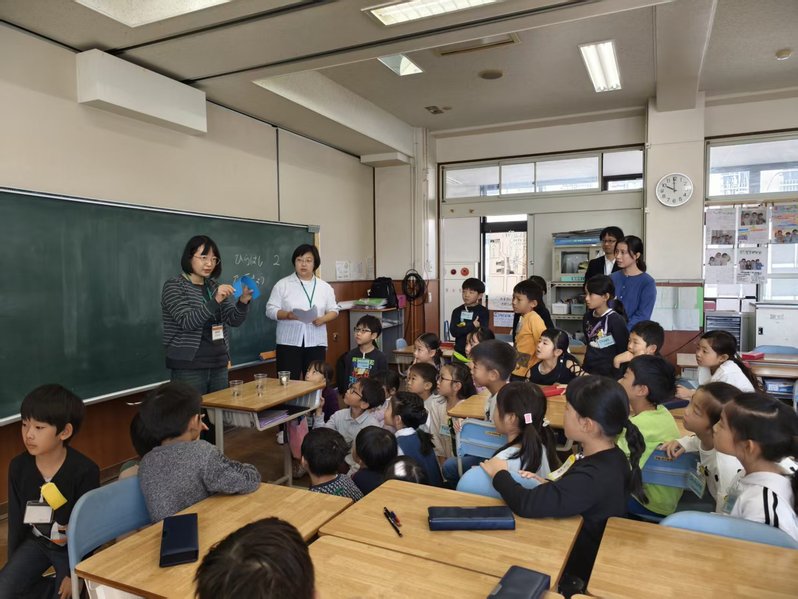
During campus visits and teaching observations, program participants had an immersive experience of Japanese classroom teaching and characteristic campus activities such as cultural festivals. They had lunch with students, narrowing the distance between each other through food culture exchanges. Participants also held lively discussions with Japanese teachers on topics such as teacher responsibilities, educational digitalization, and education for students with special needs, and both sides shared their respective educational experiences and practical insights. Besides the intense curriculum internships and teaching observations, Kyoto University of Education also organized a welcome party and a Japanese tea ceremony experience. Professor Wang Lixin and Dr. Song Qingqing exchanged souvenirs with President Koda Kojin of Kyoto University of Education, and graduate students from both sides also sang on the spot, conveying friendship through music.

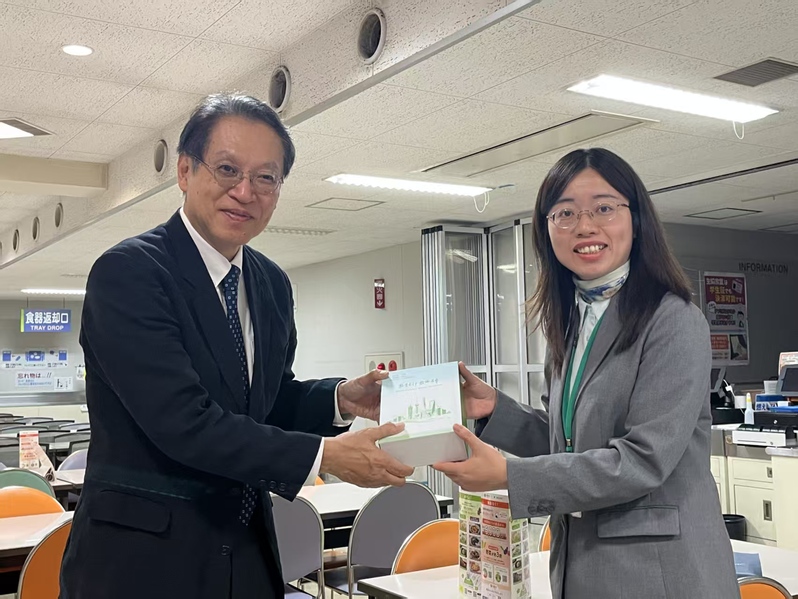
As a sister school of Shanghai Normal University, Kyoto University of Education has established a mature graduate student exchange and internship mechanism with our university. Through rich forms such as teaching practice, classroom observation, and cultural experience, this exchange activity further consolidated the cooperation foundation between the two schools, provided a high-quality cross-cultural teaching practice platform for graduate students, effectively broadened their academic horizons and professional abilities, and injected new vitality into China-Japan educational and cultural exchanges. The students who participated in this program also gained rich harvests and insights.
Wan Junkai: I personally saw the front-line educational environment of Japanese primary and secondary schools, experienced Japanese characteristic educational activities such as food education, and had more views on Japanese education.
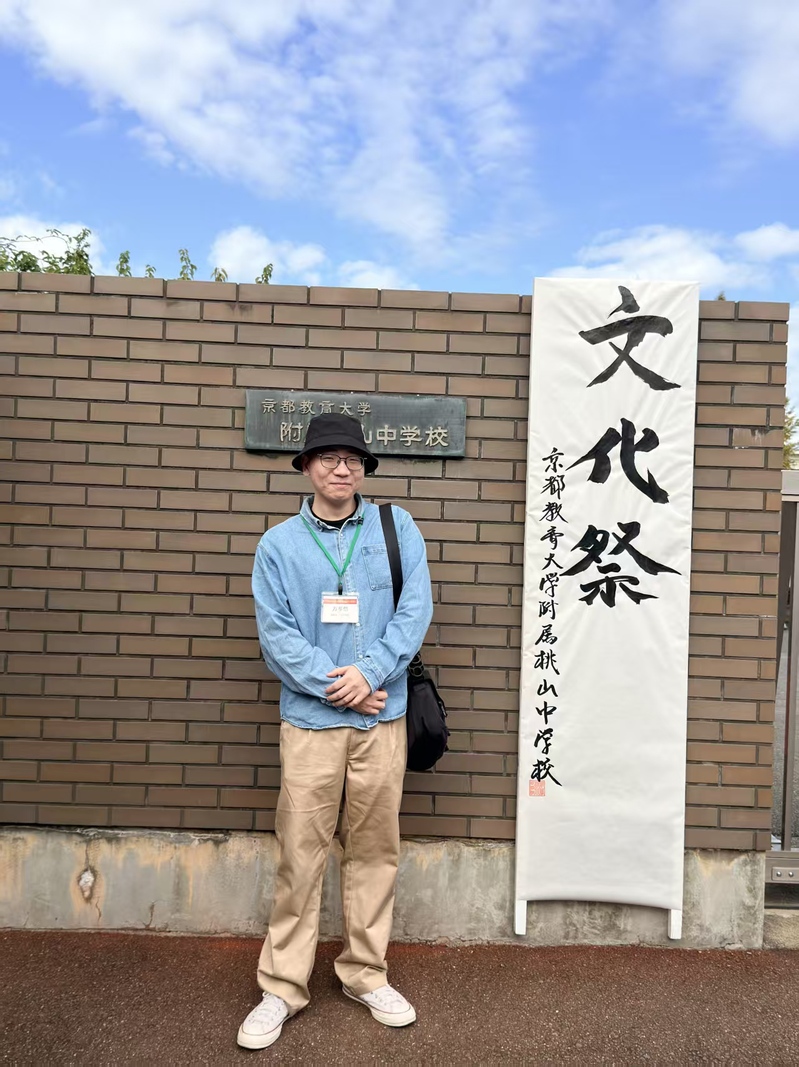
Zhou Jiaying: The eight-day exchange trip to Japan made me deeply perceive the purity and authenticity of Japanese education, and I was deeply moved by the enthusiastic treatment and sincerity of Japanese students throughout the process, gaining full warmth and insights.
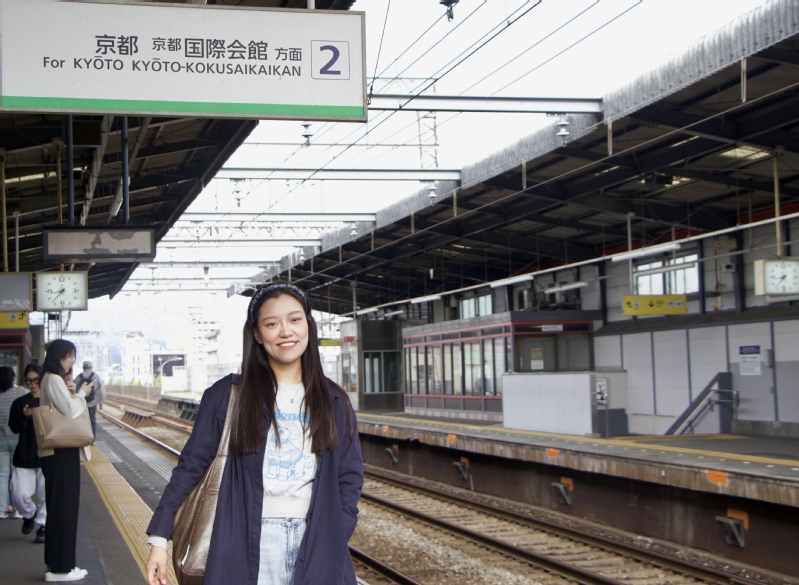
Zheng Rouyu: During the one-week exchange and study, I came into contact with the natural and humanistic environments of Japanese kindergartens, primary schools, and secondary schools. What surprised me most was their definition of rules—it is not rigid; instead, they want to teach students the necessity of rules and the importance of abiding by them, with flexibility within a reasonable range. Secondly, the schools we visited generally have good humanistic care and widely carry out education for the development of students, such as diverse club activities and sports activities, rather than educating for the sake of education. They formulate education plans suitable for their own students according to different grades, students with special needs, and school-based characteristics.

Zhang Yunhui: When I stepped into Japanese primary schools, junior high schools, and senior high schools, two things left a deep impression on me: first, the schools attach great importance to physical education and music courses, where students can release their nature freely; second, the teachers are always full of vitality and can always ignite the classroom with enthusiasm. Their teaching state is the most vivid portrayal of happy education.

Xu Xiaoxiao: During this exchange and visit, two points impressed me the most: first, Japanese primary school teachers emphasize respecting students' personal traits and reducing interference in students' behaviors; second, in Japanese primary schools, students' sense of responsibility is implemented in all aspects of life, detailed to every bit. For example, during lunch, some students are responsible for playing videos and explaining the making of dumplings, some are responsible for checking whether their classmates finish all the food, and some take the initiative to help us sort garbage. Even a small and simple thing becomes a way to cultivate students' sense of responsibility. In addition, through this exchange, I deeply realized that both in life and academic research, we need to conduct personal practice and multi-faceted comparisons; only in this way can the experiences obtained be more true and effective.

Xu Miao: I felt the slow and orderly pace of life in Kyoto, and the schools in Kyoto, like this city, have profound heritage. During the process of visiting schools and giving classes, I saw Japan's emphasis on physical education and food education, as well as respect for children's nature, with a variety of rich course contents. In the orderly teaching buildings, the politeness and enthusiasm of teachers and students made me feel very kind. Students have strong self-care ability and expression ability; although there was a language barrier during classes, I could still feel the students' liveliness and conscientiousness.

Cui Zichen: I am very happy to have the opportunity to participate in this exchange program. In Japan, I saw the classrooms of senior high schools and primary schools and felt some differences in education between China and Japan, such as teachers' curriculum design and teachers' salary and benefits.
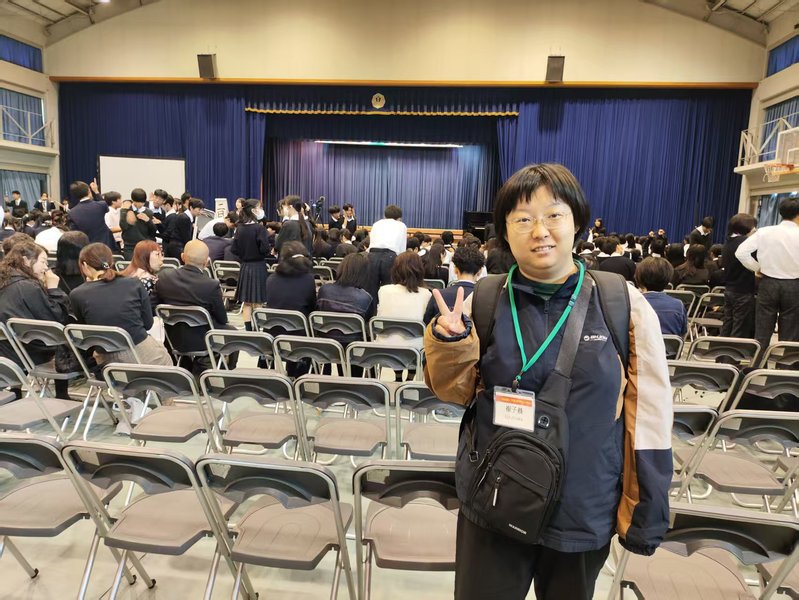
Sun Ziwei: From the daily life of Japanese primary school students, I saw the on-site interpretation of life is education. In the process of moving tables for meals and managing the dining process in different roles every day, cooperation ability is naturally developed without deliberate effort. This is the subtle influence of careful design.
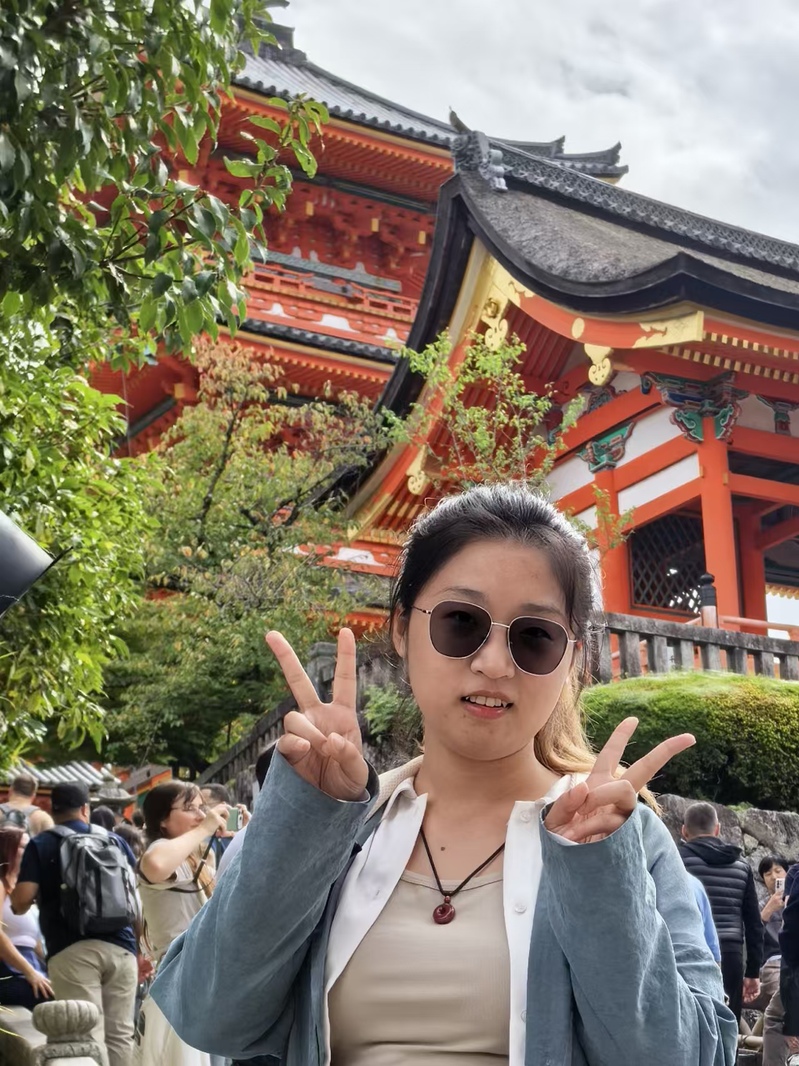
Han Jieqi: I experienced the teaching atmosphere of Japanese public primary schools, observed students' learning status and the teaching characteristics of various subjects, and edited a video of this trip as a souvenir. All these brought me great gains.
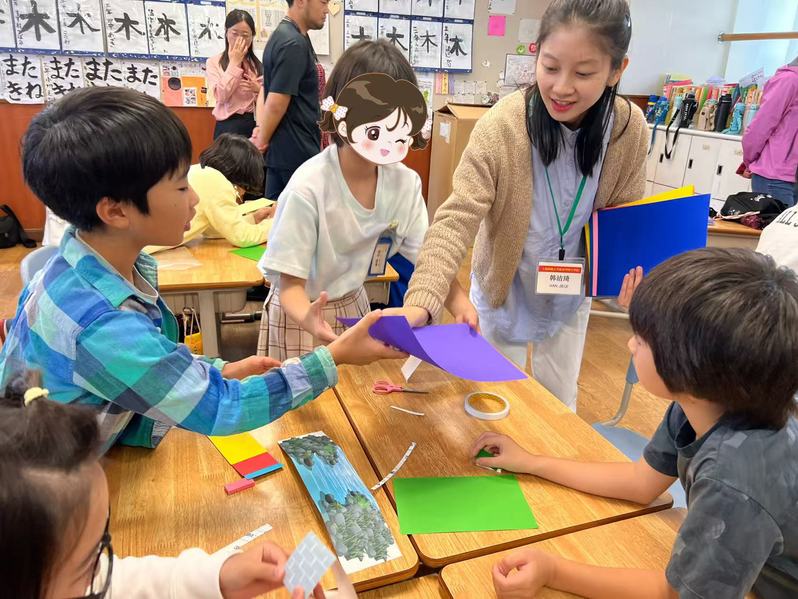
Wei Mingfang: Through visiting schools and experiencing teaching in Japan, I have a general understanding of Japanese basic education, broadened my international perspective, recognized the differences between Chinese and Japanese education, and obtained a lot of thoughts for my own academic research.
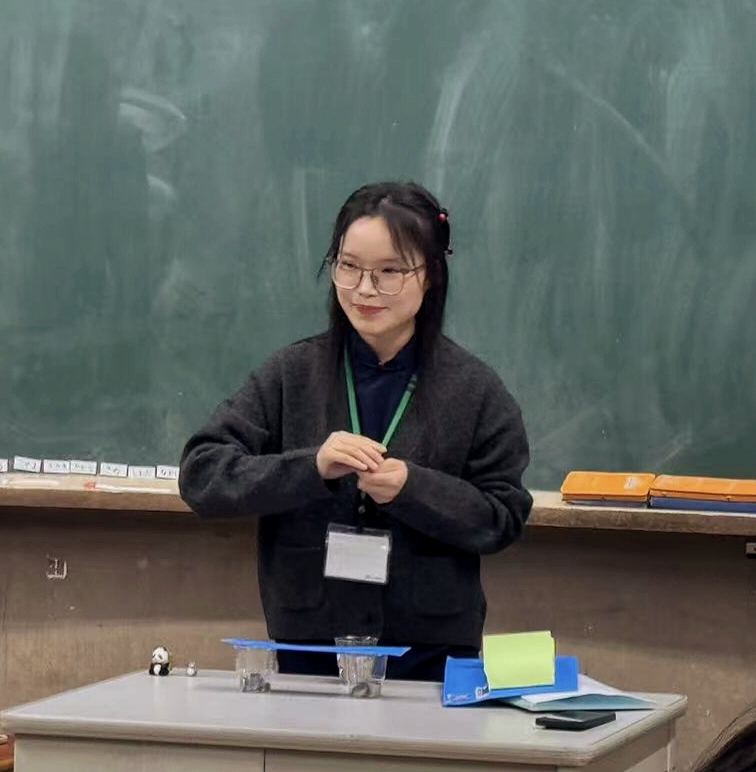
Shi Fangyuan: This internship experience in Japan is a precious memory. By teaching students and communicating with teachers, I have a direct and deep feeling for the characteristics of Japanese primary and secondary school education. The full support from Japanese volunteers also made me feel very warm. Thank you to TEC for providing this opportunity—every encounter is unique.
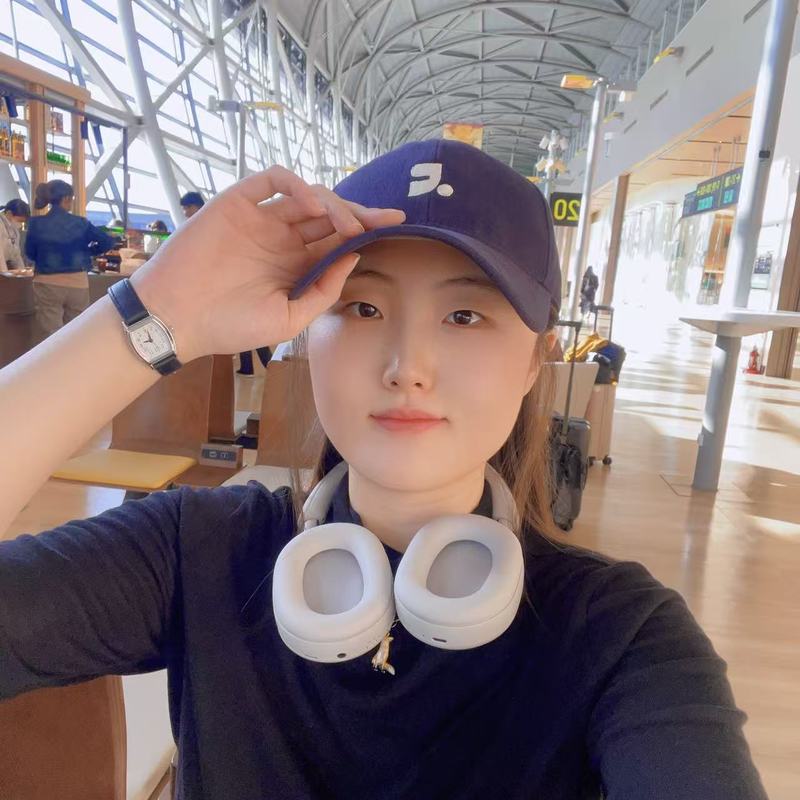
Fang Fan: After these days of visiting and learning, I realized that Kyoto's schools attach great importance to the development of students' personalities. They provide a variety of rich courses and resources to help students develop their hobbies and interests. At the same time, I also deeply felt the enthusiasm and politeness of Kyoto's students. They actively participate in group activities in PE classes, social studies classes, and home economics classes. They attach importance to cooperation and pay attention to the participation of every student. In the communication with teachers, they always maintain respect and friendliness, and they always greet you enthusiastically when facing us visitors.
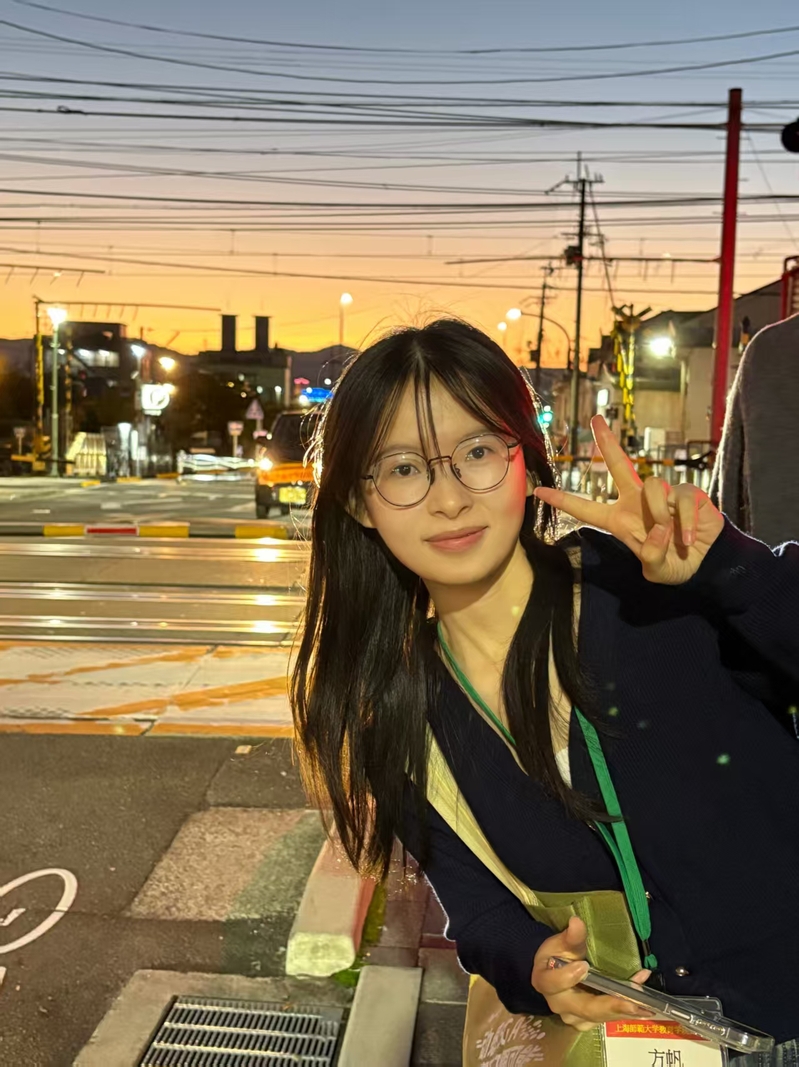
Liu Qingpei: In this China-Japan exchange STEM teaching activity, my teaching ability has been improved by explaining scientific knowledge in an intuitive and easy-to-understand way. By feeling the order, etiquette, rules, and detailed management of Japanese primary and secondary schools, I have deepened my understanding of Japanese basic education. At the same time, in the process of communicating with Japanese teachers and students, I have also gained research inspiration and improved my cross-cultural communication and adaptation abilities.
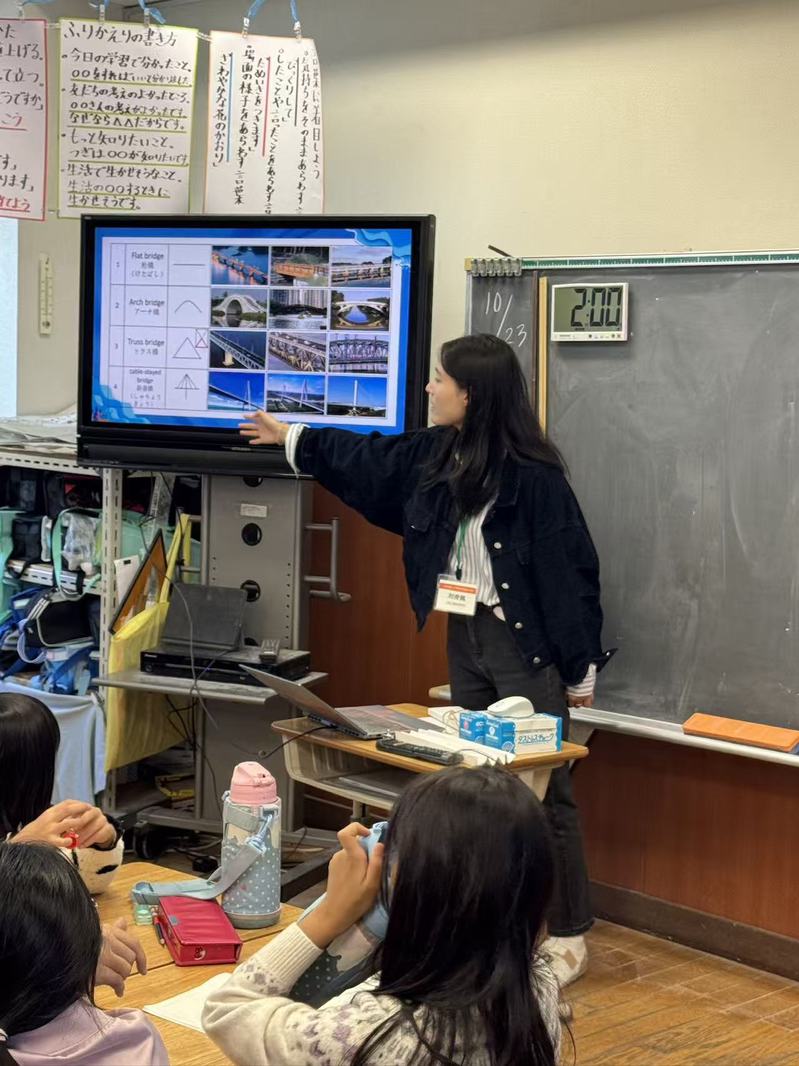
Photos/Text Contributions: International Teacher Education Center of Shanghai Normal University




